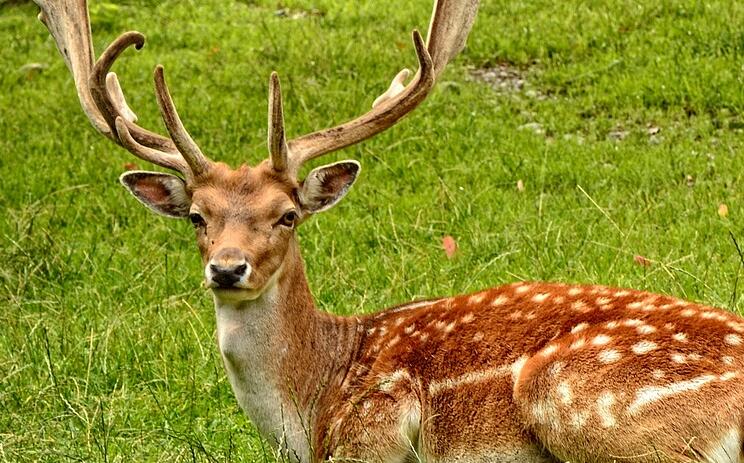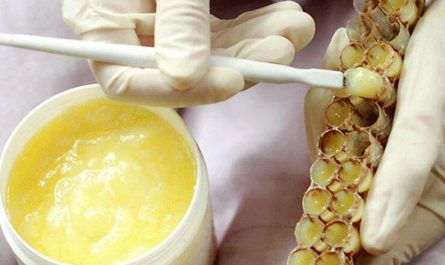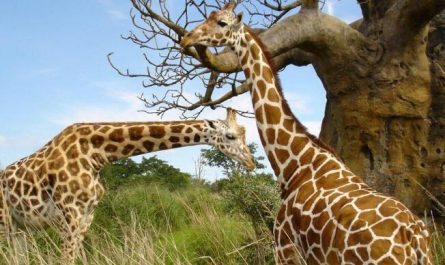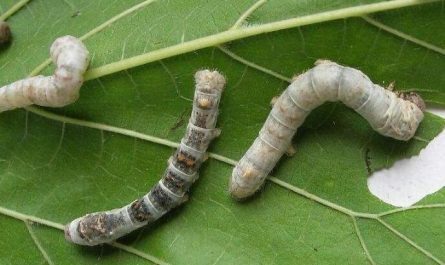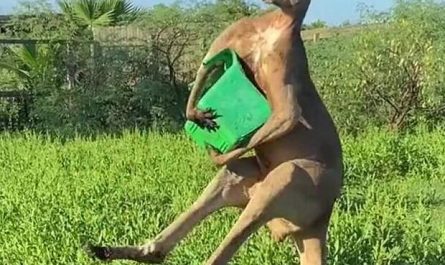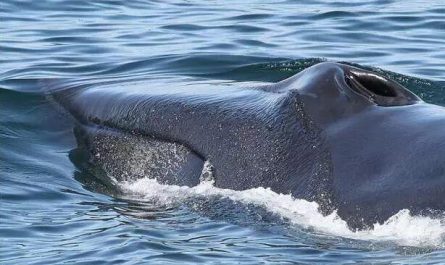Reasons for the horns on the deer head
Deer antlers are different from the horns of cattle and sheep in shape or structure. Antlers are solid and bifurcated. They look very beautiful. They are replaced once a year to grow new antlers, but the horns of cattle and sheep only grow once in their lives. Horns are the second characteristic of stags (only the reindeer Rangifer tarandus has horns in both males and females), and it is also a weapon of contention. Its growth and shedding are affected by the pituitary gland and testosterone.
Generally speaking, only stags have horns, while females do not. The new horns of the stag after taking off will go through two developmental periods. The antlers in the early stage are soft and rich in blood vessels, called the “antler stage”; in the later stage, the antlers become extraordinarily hard after ashing.
Deer have a mild temperament and don’t like fighting. When encountering danger, they usually escape enemies by running passively. However, there is no such peace in the deer herd, because the stags will become extremely domineering in order to compete for the mating rights of the female deer, and the weapon they fight with each other is the hard antlers on their heads.
At the end of autumn and early winter, when the stag’s horns are completely hardened, the stag will take advantage of the dawn to send out courtship signals on the high ground. At this time, the female deer who has not found a mate will come and wait for the stag to take in. The stags cannot be left until the mating period. In this way, a stag will often lead dozens of females
Deer growth and reproduction
Horns are the second characteristic of stags (only the reindeer Rangifer tarandus has horns in both males and females), and it is also a weapon of contention. Its growth and shedding are affected by the pituitary gland and testosterone. After the breeding season of northern deer, the horns fall off from the lower burr, and the next year they grow from the burr on the top of a pair of stems above the frontal bone. The first horns are called velvet, and the skin is covered. There are hairs, blood vessels supplying a lot of blood, and branching; as the horns grow, the blood supply gradually decreases, and the skin then withers and falls off. The first horns at the age of 1 to 2 are almost straight, and the branching of the horns increases year by year, and the shape is finalized in adulthood. The horned female deer has no horns and no fang-like upper canine teeth.
The stag is larger than the female. The coat color is dark in winter and light in summer. Most young deer have white spots, and some species (such as Cervus nippon and Hog deer Axis porcinus) also have spots in adults. Four toes, the third and fourth toes are well developed, supporting body weight, and the degeneration of the second and fifth toes becomes smaller. The female deer has 2 pairs of nipples. Tropical deer do not have a fixed breeding season. They estrus many times a year and do not fall off their horns. Temperate deer mate in late autumn to winter, and most of them have one male and multiple females. Each litter produces 1 to 2 litters and as many as 3 to 4 litters.
